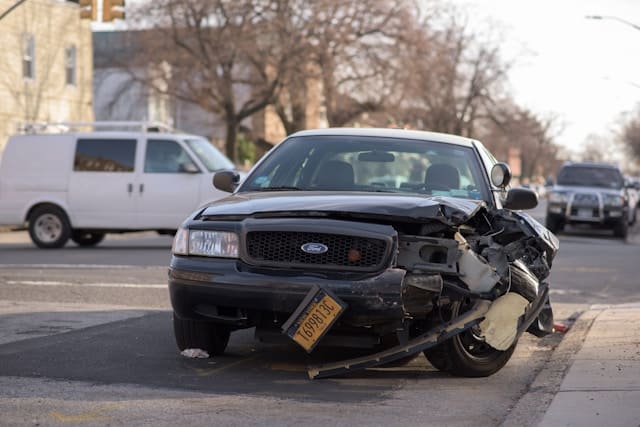Photo by Christian Erfurt on Unsplash
What is Emotional Distress?
Emotional distress is seen as mental suffering as an emotional response to an experience that is aroused by the memory of the event, occurrence, or patterns of a specific event or condition.
Symptoms of emotional distress include but are not limited to:
- Anxiety
- Depression
- Loss of ability to perform tasks
- Physical Illnessi
Causes of Action that Can Inflict Emotional Distress
Intentional Inflection of Emotional Distress
Intentional infliction of emotional distress, also called IIED, is classified as outrageous conduct that causes severe emotional distress.
The four elements to have a cause of action for intentional infliction of emotional distress are:
- The defendant acted intentionally or recklessly.
- The defendant’s conduct was extreme and outrageous.
- The defendant’s actions cause the plaintiff emotional distress.
- The resulting emotional distress was severe.
An example of IIED is road rage. Road rage is when an occupant in a different car intentionally causes physical or emotional harm to the plaintiff.
Negligent Infliction of Emotional Distress
Negligent infliction of emotional distress, also called NIED, is the cause of emotional distress through a negligent action.
The negligent action is when the defendant acts carelessly that they must compensate the injured person (the plaintiff) for the resulting mental and emotional injury.
Therefore, the action is unintentional.
An example of NIED is a defendant not realizing how close their car is to the plaintiff and rear-ending the plaintiff’s vehicle.
PTSD and Motor Vehicle Accidents
Since the Vietnam war, traffic accidents have become the leading cause of Post-Traumatic Stress Disorder (PTSD).
An estimated 9% of survivors involved in serious motor vehicle accidents develop significant post-traumatic stress symptoms, and many other survivors have PTSD-like reactions.
A variation of PTSD among victims of motor vehicle accidents has what is referred to as subsyndromal or partial PTSD.
There tend to be re-experience symptoms which can be flashbacks and distressing memories.
A few everyday life signs of PTSD after a motor vehicle accident include:
- An ongoing, general feeling of being uneasy.
- Anxiety about driving or riding in motor vehicles.
- Not wanting to have medical procedures or tests conducted.
- Irritability, or excessive worry or anger.
- Trouble sleeping and/or nightmares.
- A feeling of not being connected to other events and people.
- An ongoing memories of the accident.
Proving Emotional Distress
A few ways to prove you are experiencing these distressful feelings are:
- Confirmation from a mental health professional, whether that be a psychologist or a psychiatrist, of your diagnosis, medications, or therapy.
- Showing how the distress has affected your life, such as not going to school or work and/or impacting daily tasks
- Expression from friends, family, coworkers, and those around you that have witnessed a change in your mental state and behavior after the accident
If you exhibit signs of emotional distress but do not have any physical injuries, you are still entitled to maximum compensation.
Being in a state of emotional distress or experiencing PTSD can cause limitations to your daily life just as much as physical injuries can.
If you are experiencing any of these symptoms, please seek immediate medical assistance.
Next, call an experienced Personal Injury Attorney. Emotional distress is just as important as a physical injury. You will need an attorney on your side who knows how to utilize your medical records best to substantiate your claim for losses while navigating the evasive tactics of insurance companies.
The attorneys at Shalom Law can do just that. We are prepared to fight hard for you to ensure your rights are protected and you receive the maximum compensation you deserve.
Call us today for a free consultation: (718) 917-9474.







